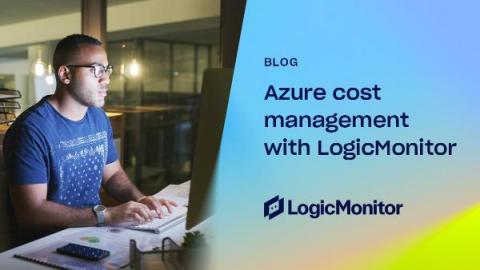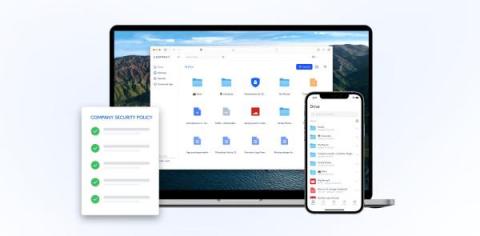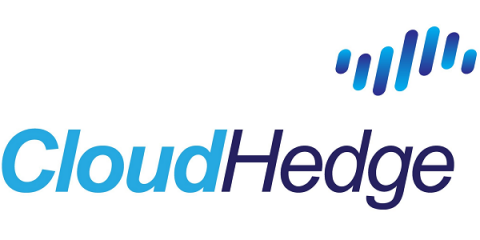Blackfire's unique Way of Delivering Python binaries
We may not always know what is happening behind the scenes when we add a dependency to our projects. We expect this process to “just work” to carry on building applications. Little we may know about the level of commitment from maintainers and the amount of work needed to have everyone seamlessly use a library. Let’s hop in backstage to discover the unique way Blackfire releases its Python binaries.











